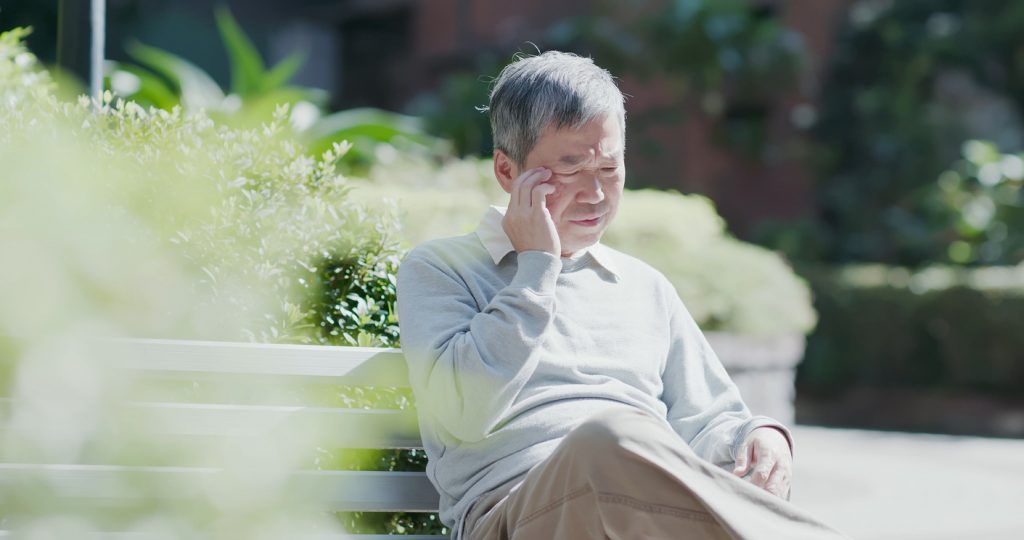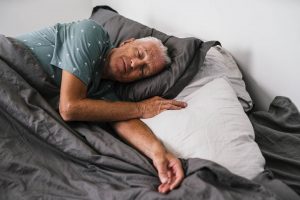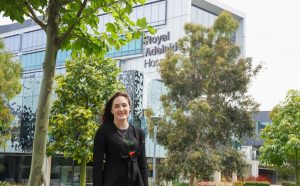Excessive daytime sleepiness – impacting around 30 per cent of nursing home residents – could be used to predict survival, according to new Central Adelaide research.
The world-first finding helps provide evidence to identify residents in need of additional care, or to prompt discussions around palliative care.
More tailored healthcare
With no simple tools or biomarkers available to predict survival, Dr Ronaldo Piovezan and his colleagues of Aged and Extended Care Services Department at The Queen Elizabeth Hospital investigated whether excessive daytime sleepiness could indicate which individuals may have underlying health conditions that could affect their long-term survival.
“Older adults living in nursing homes can have extremely variable life expectancies due to differences throughout their lifetimes, and how they present clinically,” said Dr Piovezan.
“Our aim was to see if excessive daytime sleepiness could predict 12-month survival and help inform healthcare.”
“A simple and quick-to-measure tool”
Excessive daytime sleepiness is linked to various health issues, such as a lack of physical activity, falls, poor heart health, malnutrition, depression, cognitive decline, and overall poor health. This makes it a potentially useful indicator for identifying individuals at risk.
In the study, nursing home residents with higher levels of daytime sleepiness were less likely to be alive 12 months later.
These residents were also more likely to be malnourished and have a history of heart attack, heart failure, Parkinson’s disease, and severe dementia.
By using excessive daytime sleepiness as an indicator, clinicians could tailor the care provided to reverse health issues, by improving nutrition and physical capacity.
“Excessive daytime sleepiness can be a simple and quick-to-measure clinical feature to identify those at greater risk,” said Dr Piovezan.
Actively monitoring daytime sleepiness could be a simple and way to make a big difference, according to Dr Piovezan.
“Routinely measuring the level of alertness during the day among the most vulnerable population can change the way healthcare is provided.”



